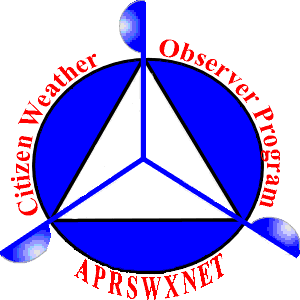Warning: A non-numeric value encountered in /hermes/bosnacweb05/bosnacweb05ca/b1310/ipg.tarrytownnyweatherco/weather2/nws-alerts/nws-alerts.php on line 111
Warning: A non-numeric value encountered in /hermes/bosnacweb05/bosnacweb05ca/b1310/ipg.tarrytownnyweatherco/weather2/nws-alerts/nws-alerts.php on line 151
Warning: count(): Parameter must be an array or an object that implements Countable in /hermes/bosnacweb05/bosnacweb05ca/b1310/ipg.tarrytownnyweatherco/weather2/nws-alerts/nws-alerts.php on line 527
Warning: A non-numeric value encountered in /hermes/bosnacweb05/bosnacweb05ca/b1310/ipg.tarrytownnyweatherco/weather2/nws-alerts/nws-alerts.php on line 983
Space Weather Observations, Alerts, and Forecast
Real Time Images of the Sun
|
SOHO EIT 304 |
SOHO EIT 284 |
Mauna Loa Solar Image |
The sun is constantly monitored for sun spots and coronal mass ejections. EIT (Extreme ultraviolet Imaging Telescope) images the solar atmosphere at several wavelengths, and therefore, shows solar material at different temperatures. In the images taken at 304 Angstrom the bright material is at 60,000 to 80,000 degrees Kelvin. In those taken at 171 Angstrom, at 1 million degrees. 195 Angstrom images correspond to about 1.5 million Kelvin, 284 Angstrom to 2 million degrees. The hotter the temperature, the higher you look in the solar atmosphere.
Real Time Cycles
|
Solar Cycle Progression Solar Cycle chart updated using the latest ISES predictions. |
Real-Time Solar Wind Real-Time Solar Wind data broadcast from NASA's ACE satellite. |
The Solar Cycle is observed by counting the frequency and placement of sunspots visible on the Sun. Solar minimum occurred in December, 2008. Solar maximum is expected to occur in May, 2013.
|
Solar X-ray Flux This plot shows 3-days of 5-minute solar x-ray flux values measured on the SWPC primary and secondary GOES satellites. |
Satellite Environment Plot The Satellite Environment Plot combines satellite and ground-based data to provide an overview of the current geosynchronous satellite environment. |
Auroral Activity
|
Northern Hemi Auroral Map |
Southern Hemi Auroral Map |
Instruments on board the NOAA Polar-orbiting Operational Environmental Satellite (POES) continually monitor the power flux carried by the protons and electrons that produce aurora in the atmosphere. SWPC has developed a technique that uses the power flux observations obtained during a single pass of the satellite over a polar region (which takes about 25 minutes) to estimate the total power deposited in an entire polar region by these auroral particles. The power input estimate is converted to an auroral activity index that ranges from 1 to 10.
Space Weather Alerts
links
Space Weather links:
3-Day Forecast of Solar and Geophysical Activity
Space Weather Now
Today's Space Weather
Real-Time Solar Wind
Space Weather Outlooks
Space Weather Bulletins
Space Weather Alerts and Warnings
Space Weather Alerts - Current Month
Solar and Heliospheric Observatory (SOHO)
The Very Latest SOHO Images
Credits:
Space Weather Images and Information (excluded from copyright) courtesy of:
NOAA / NWS Space Weather Prediction Center,
Mauna Loa Solar Observatory (HAO/NCAR),
and SOHO (ESA & NASA).
Powered by Space Weather PHP script by Mike Challis








